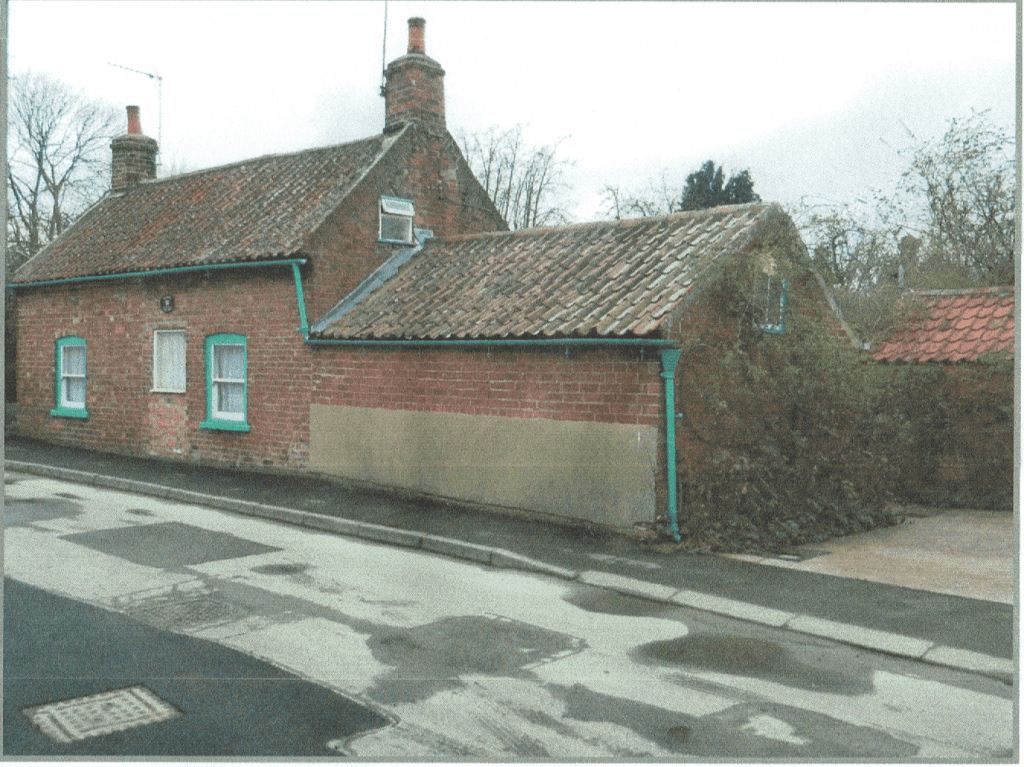
Travelling east from Barton on Humber in 1900 the route went through (and still does) a number of spring-line villages at the base of the dip slope of the Lincolnshire Wolds before arriving at Immingham. These villages were/are Barrow on Humber, Goxhill and East Halton. The village of New Holland was mainly developed during the Victorian ‘Railway Age’ and included a number of cottages built by the dominant rail company, in particular Manchester Square (Manchester, Sheffield and North Lincolnshire Railway Company). There is no doubt that in 1900 these villages would still have included a number of early worker’s cottaging and timber framed buildings subsequently lost to inter-war pocket-scale demolition projects. The photo. above shows a survivor standing beside Cherry Lane, Barrow on Humber. For obvious reasons this type of cottage is often known today as a ‘one and a half storey’ cottage, the first floor being wedged into the underside of the roof and rafters (see the small casement window in the gable-end wall). This cottage is of the ‘centre-entrance end-stack’ type meaning that the ground-floor rooms had a fireplace set into the gable-end wall, such cottages usually had just two ground-floor rooms, but insome cases four.
This particular cottage had a single-storey outbuilding attached to the gable-end wall although its small window suggests that it had/has a loft, possibly originally a hay-loft. To the rear can just be seen some detached outbuildings, these maybe originally an earth closet and coalhouse or maybe tradesman’s outbuildings. The cast iron gutters and fallpipes are old but not original. Almost certainly the original roofing material would have been thatch, given the location this could either have been reed thatch or wheat-straw thatch.
A hundred yards behind this property is a very interesting wetland nature reserve called Barrow Blow Wells, this overseen by the Lincolnshire Trust for Nature Conservation.